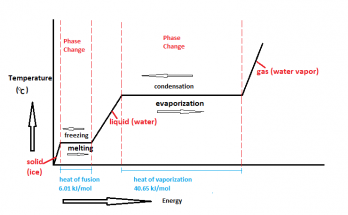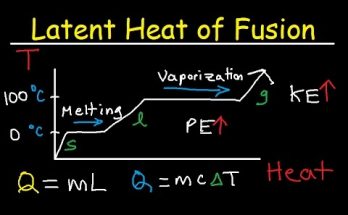Why is the Latent Heat of Steam So High? Find the Answer
Latent heat of steam is the energy required to convert water into steam without a temperature change. Water’s strong hydrogen bonds make its latent heat exceptionally high, requiring 2260 kJ/kg at 100°C. This property is essential in power plants, cooking, industries, and weather systems, making steam an efficient heat carrier in various applications.
Why is the Latent Heat of Steam So High? Find the Answer Read More

